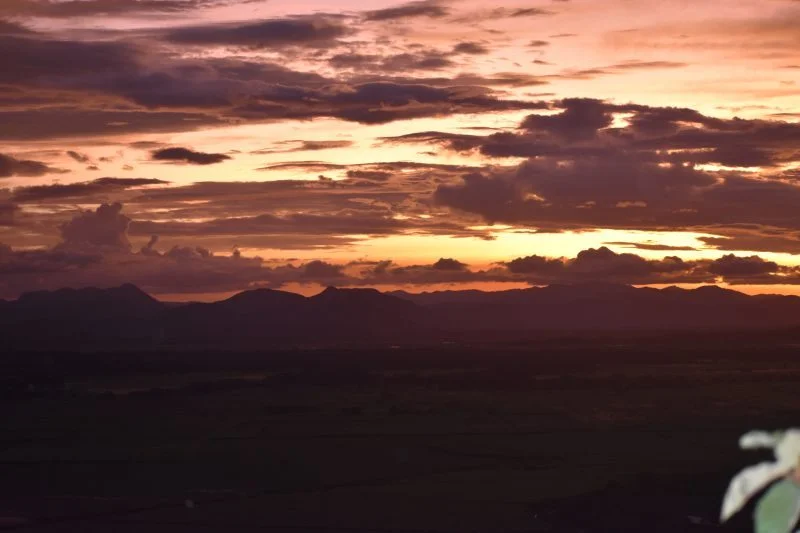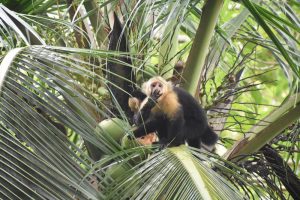Homeranges for three habituated white-faced capuchin groups at Taboga. Mesas group is in purple, Tenori group is in green, and Palmas group is in red. Note that the convex polygons encompassing their home ranges automatically includes farmland that they do not use.
Our research is located in the Reserva Forestal ción Arenal-Tempisque in the Northwest part of Taboga and the Finca Experimental UTN. It is part of the Área de ConservaCosta Rica. The reserve is comprised of 297 ha of protected tropical dry forest bounded by sugar cane fields.
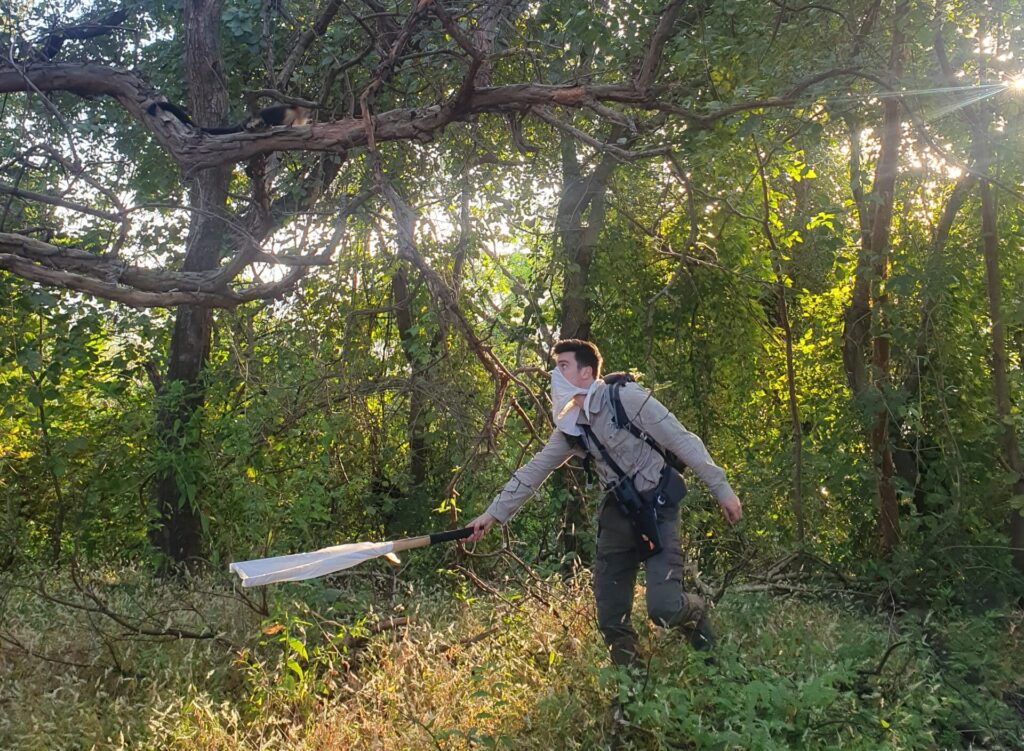
There is no natural permanent source of water in the reserve, so animals take advantage of the irrigation canals running through the farm during the dry season. A few parts of the reserve are consistently humid, but in the dry season the areas of higher elevation are dry and trees lose all their leaves. This means that the reserve, most notably the Eskameca mountain located in the middle of the reserve, changes substantially throughout the year. From July 2017 through June 2018 the highest temperature recorded has been 104°F, the lowest 71.68°F, and the highest rainfall 121mm in 24 hours.
The project house and laboratory are provided by the Universidad Técnica Nacional of Costa Rica. It is accessible from the nearby city of Cañas by a highway and long dirt road (~18 km in total).
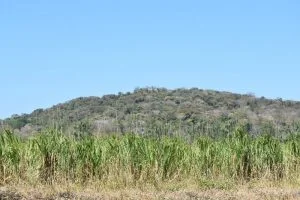
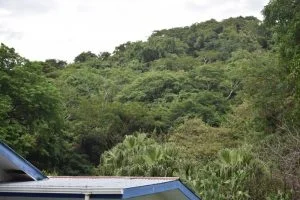
We collect behavioral data on one group of habituated capuchins, named Tenori group, and are in progress of habituating other groups (Palmas, Mesas, Sur, and Escameka). We collect data on the movement and alimentation of both groups.
In the field laboratory behind our house we extract hormones from capuchin feces, and will analyze the samples in the future.
To date we have marked 270 trees, which we monitor monthly for the presence of leaves, fruit, and flowers. We have created more than 15 km of trails to better access parts of the reserve, and are in the process of creating more.
